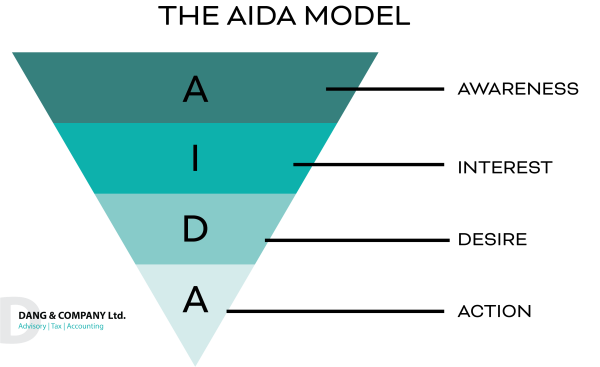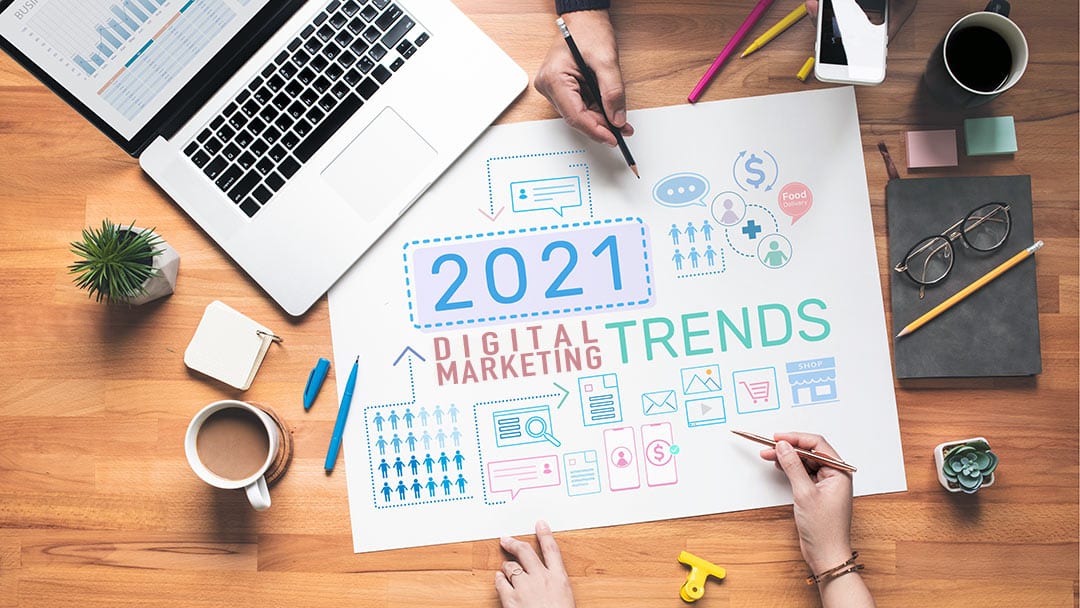Most of us have experienced what it’s like to find a product or service that we absolutely love, sometimes so much that we end up recommending it to our family and friends, who then also become customers. Whether it’s that amazing kitchen gadget you couldn’t cook without, or the best haircut you’ve ever had, every business owner wants enthusiastic life-long customers. Unfortunately, it’s not just about having excellent products or services - but by using strategy to guide your customers through each stage of their buyer’s journey, ultimately leading them to become the loyal customers you want.
In order to be motivated to actually make a purchase, customers must progress from being aware of a product's existence to being interested enough to pay attention to the product's benefits and advantages, to having a desire to benefit from the product.”
AIDA stands for attention, interest, desire, and action. Each stage of this funnel serves a unique purpose in the buyer’s journey. I will use a personal example of a product I love, and my own buyer’s journey to becoming an advocate for that business.
Attention: What is it? The initial step to attract your potential customer to your product.
Example: I noticed a friend’s apartment smelled great and asked about the candle she was using. She told me about the brand of the candle.
Interest: I like it. Now that the awareness exists, there must be an element that piques their interest.
Example: I loved the smell and design of the candle and decided to visit their website to check out their products. The website was easy to navigate and displayed their products beautifully.
Desire: I want it. Now that there is an interest in your product, the goal is to move the customer’s mindset from wanting it to taking the steps to purchase it.
Example: I decided that I wanted some of these candles for my new apartment, and looked into where they are sold in Canada.
Action: I’m buying it. They purchase your product or service.
Example: I went to the boutique down the street and bought a few of the candles. When guests come over I will tell them about how much I love the candles.

1. Attention
Another term often used for this phase is Awareness. It’s easy to assume that the public are already aware of our business, and this first stage is often overlooked. An effective way to gain brand awareness is to find creative ways to advertise.
Here are a few suggestions:
• Catch them off guard - in a good way. Create eye catching and attention grabbing advertisements.
• Place ads in situations or locations where your target market would be
• Use social platforms. Partner with an influencer relevant to your brand
• Network - attend networking events where you can talk in person about your brand
2. Interest
This step tends to be the most challenging. Identify what makes your product or service stand out from your competitors and make that clear and concise to your audience.
Example: Your candles are made of 100% natural materials and are at a lower price point than your competitors.
3. Desire
The interest and desire stages often work together in bringing your customer to the final step. Why do your customers need your product? Show your customers how their life will change for the better once they use your product.
Here are some suggestions:
• Influencer Marketing - the potential buyer can watch a real person use the product
• Infomercials - in depth advertising on the benefits of your product
4. Action
This is the final step to getting your customer to take action and purchase your product. Always use a call to action in your advertisements so the purchasing process is accessible, simple and quick for your customer, making them want to return to purchase more in the future. It’s always effective to plant a sense of urgency within this stage. For example, using a limited time offer such as a discount, for first time customers.
It’s important to note that we don’t stop marketing once a customer has completed the buyer’s journey. We must nurture our current customers to keep them engaged and satisfied so they become advocates for our business, referring our products and services to future potential customers, which in turn, brings business back to us.

